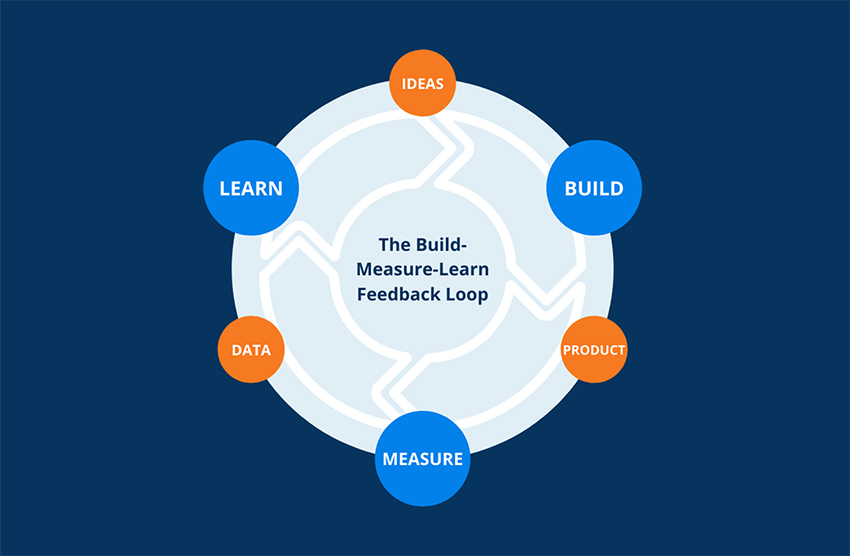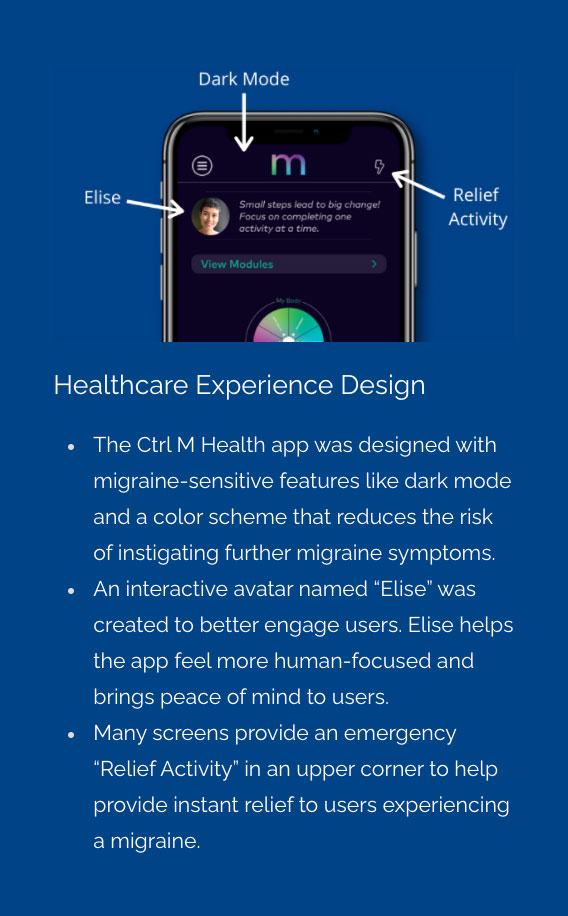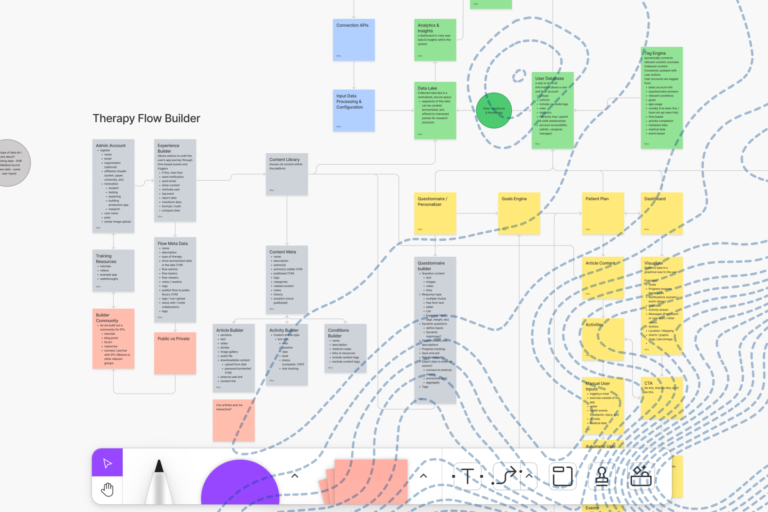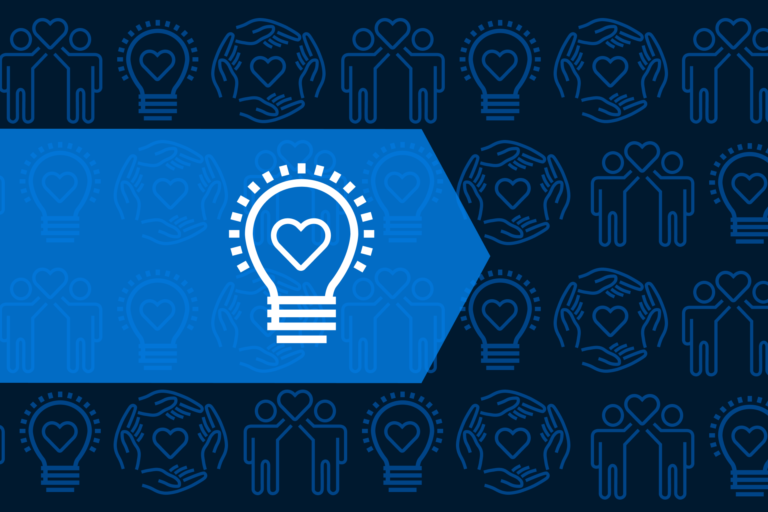Fine Tune Your New Product Development Process
We won’t sugar coat it: quality product development can be a difficult and often convoluted process. Whether you’re a startup or an enterprise customer, bringing a digital product to market is an ambitious undertaking.
So where do you begin? When approaching a product development cycle for your business, there are some important things to consider and some tough challenges you should be prepared for. As designers and developers of over 200 successful digital products, here are some of Arcweb Technologies’ best practices for developing digital products that create genuine business value.
The Difference Between Product Design and Product Development
Product design and product development are frequently confused, even in the digital product world. But while there are many similarities between the two, they are really two distinct components of any product go-to-market journey.
Digital product development is the entire process of planning, designing, building, and launching a new product. It includes not just the aesthetics of the product but also answers critical questions about the product function itself such as:
- Who is the end-user? Employees, customers, maybe your client’s client?
- What will the business or revenue model be?
- What technologies will the product focus and rely on?
- Is there a predetermined timeline for this project?
- How will the product be supported post-launch
Digital product design is a subset of product development that hones in on the look, feel, and features of the product. Product design focuses on what features are essential for the end-user and how those users will interact with it. Questions commonly answered during the design phase are:
- What will the overall customer journey look like?
- How will the user experience (UX) and user interface (UI) satisfy the end-users needs?
- How will the user experience (UX) and user interface (UI) satisfy the business needs of the company?
- How will the unique profile of our end-user inform design decisions later down the line?
Building a digital product?
Do You Have a Go-to-Market Strategy?
If your go-to-market strategy sounds anything like “If you build it, they will come”, you may want to take a step back and devote more time to refining your approach. Bringing a digital product to market involves a lot more than simply building and launching a product. Successful growth-focused leaders keep product-market fit, user acquisition, and many other factors in mind from the very beginning of the product life cycle.
Concrete go-to-market strategies help inform how you build the product, launch the product, and (eventually) market the product to potential customers. Before you start strategizing, you’ll need to answer important questions about your audience:
- What do your customers want?
- What is your value proposition?
- What challenges does your product solve?
- How will your users benefit from the product?
- Are there existing products currently serving this need?
When you can answer these questions, you’ll be able to devise a suitable plan that will lead to a marketable, successful product. Once you’ve got a good grasp on what your product will accomplish, be ready to adjust as you learn more about your end-users.
The Lean Startup is a popular and widely referenced product development methodology that emphasizes the importance of identifying the right thing to build first using the “Build-Measure-Learn feedback loop”. The Build-Measure-Learn Feedback loop is a continuous cycle that minimizes product failure by exercising constant improvement based on data and customer feedback.
Using this approach, you would normally build a minimum viable product (MVP) or initiate a rapid prototyping phase before fully engineering the product. It might even make sense to send a survey to a group of representative consumers to better understand their needs.
We launched a digital wellness app in 2020 that had a very specific end-user profile: people who experience chronic migraine disease. At the beginning of the project, we consulted survey results that directly influenced product design decisions about the app. Because the end-users suffered from a specific headache disease, the Arcweb design team made careful decisions about how the app would look and feel. A carefully calculated, yet still flexible go-to-market strategy responds well to customer needs and creates recognizable business value for your bottom line.
Arcweb’s Product Development Life Cycle
We have a proven methodology at Arcweb for building smart digital products with high marketability. Using integrated cross-functional teams, the Arcweb Development Life Cycle consists of four phases that may shift according to the client and the unique challenge that is placed in front of our team.
Product Discovery
The Product Discovery phase is where we address the “what do the customers need” question. How can the product solve the customer challenge and what evidence supports that hypothesis? Product Discovery often involves data-driven research into your target audience, setting product parameters, and considering industry trends. This first stage provides a solid foundation for your launch and will help you gain support from the stakeholders of the company.
Product Design
The Product Design phase is where we focus on establishing the features and technical architecture that will serve your product’s core focus and ensure success and scalability. The best possible product for your intended audience comes from using smart product design to align user goals, technical functionality, and product-market fit. Using a team of designers and architects, this phase will result in essential design assets such as wireframes, a UX flow, and a user-story backlog, as well as identifying some of the technical requirements for the software architecture.
Software Development
The software development or build fees of the product rely on cross-functional teams that keep the design and features in line with the development process. The group that tackles software development generally consists not only of software engineers and architects, but also product managers and designers from the previous phase. Unexpected challenges often surface during this phase, and so highly skilled, interdisciplinary teams are needed to handle the complexity of this stage. You’ll need to decide early on whether you’ll utilize internal resources or hire an external team of experts for this step of product development. You’ll also need to know whether this phase results in a fully-featured product, an MVP, or something in between.
Product Deployment
After the build phase has culminated, it’s time for the product deployment phase. While exciting, this phase involves a lot more than simply launching your product. Before the launch date occurs, our team will continuously test the technology and consider every possible “what if” to ensure success. Even after official deployment, a high-quality digital product requires ongoing quality assurance and post-launch support. Your team will need to determine if quality assurance will be internal or outsourced. Oftentimes, the team who executed the build phase of the product will also carry out the ongoing management and support.
Choosing A Development Consulting Firm
Product Development is a specialized, sensitive process that most enterprises can’t afford to botch. Companies investing in technology need to ensure they are allocating resources to a project that will meet objectives and produce an ROI. You can attempt to utilize internal resources if your workforce has the skill sets needed to complete the project, or you could partner with third-party specialists who are experts in the areas of focus the product will require. That decision could make the difference between a product that resonates with your intended audience and one that misses the mark.
From identifying the challenge to building the solution to bringing the product to market, there’s a lot that can go awry. If you’ve chosen the custom software development path, determine ahead of time if third-party experts will be involved in all or some of the process.
Take the First Step Towards Successful Product Development
Approaching a new product development project can be a scary endeavor, but if you can compose a strong, data-based strategy, you can execute the process with confidence. Make the first step towards developing a digital product that your customers will love; learn about them. If you’re not sure who that end-user will be yet, consider getting an assessment or consultation with a professional to help you determine product-market fit.
Arcweb will be your collaborative partner during every step of your project’s life cycle. Reach out to our Philadelphia product development experts today to discover how we can work together to take your next product to market.





